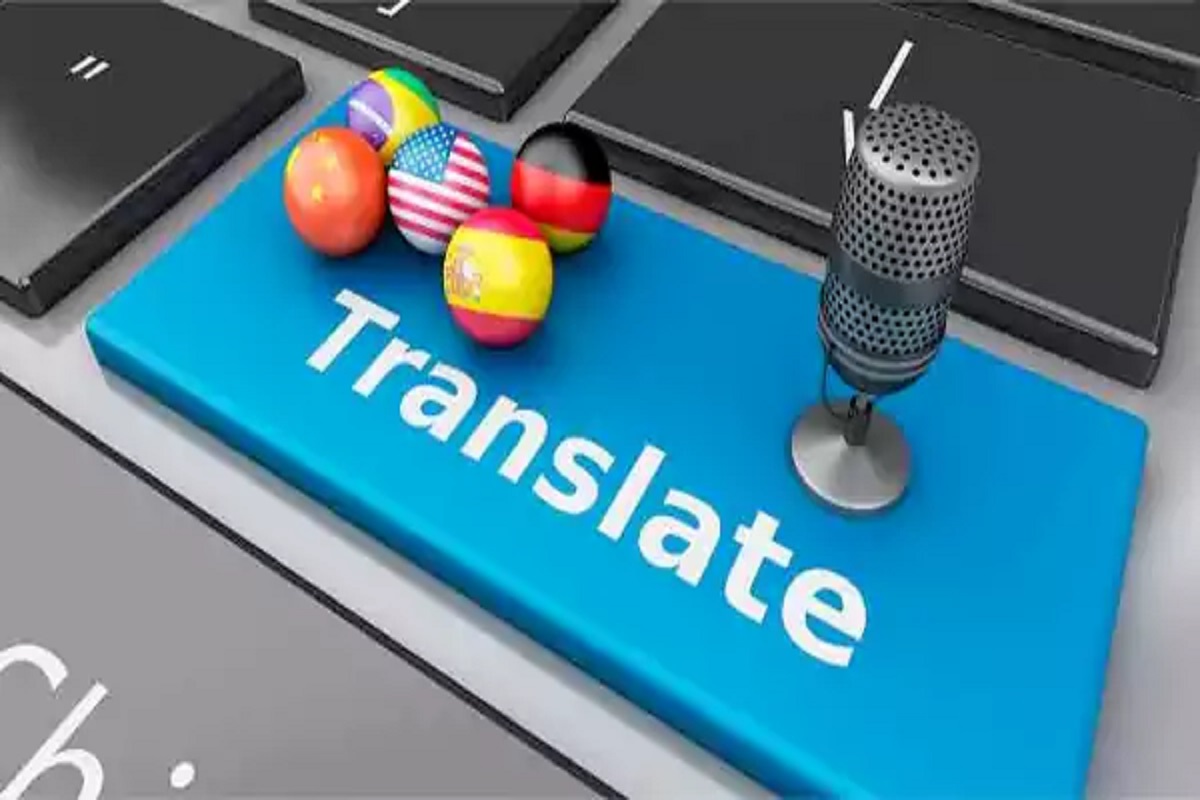In an increasingly globalized world, communication across languages has become a vital necessity. “Oprekladač,” a term that translates to “translator” in some Slavic languages, has grown in significance, symbolizing tools and platforms that enable seamless translation. Whether for personal use, business communication, or academic purposes, translation tools are pivotal in connecting individuals and communities. This article delves into the concept of Oprekladač, its significance, advancements, and the challenges it faces in today’s digital landscape.
The Importance of Translation Tools
Language barriers often hinder effective communication, limiting opportunities for collaboration and understanding. Oprekladač, in the form of apps, websites, and software, plays a crucial role in breaking these barriers. For travelers, it allows navigation and interaction in foreign lands. For businesses, it facilitates negotiations and the localization of products for diverse markets. In education, it enables access to resources in different languages, fostering a more inclusive learning environment.
The necessity for efficient translation tools has never been higher. With billions of people accessing the internet daily. Oprekladač services help ensure that no one is left out of the global conversation due to linguistic differences.
How Oprekladač Works
Modern translation tools are powered by advanced technologies like Artificial Intelligence (AI) and Machine Learning (ML). These systems analyze vast datasets of multilingual texts to identify patterns and correlations between words, phrases, and grammatical structures.
Key Components:
- Neural Machine Translation (NMT): NMT systems learn from large corpora of bilingual texts, offering more accurate and context-aware translations compared to earlier methods.
- Natural Language Processing (NLP): NLP techniques help the tool understand and generate human-like translations, considering nuances like tone, idioms, and cultural context.
- Speech Recognition and Synthesis: For spoken language, Oprekladač tools integrate speech-to-text and text-to-speech technologies, enabling real-time conversations across languages.
These technologies work in tandem to provide users with translations that are not only literal but also meaningful within their context.
Evolution of Oprekladač Tools
Early Beginnings
The journey of translation tools began with basic dictionaries and phrasebooks. Early digital translators relied on rule-based systems, which were rigid and prone to errors in complex sentences. These systems struggled to understand nuances like idiomatic expressions or cultural references.
Rise of AI and Machine Learning
With the advent of AI and ML in the 21st century, Oprekladač tools experienced a significant transformation. Platforms like Google Translate and DeepL began employing neural networks, vastly improving translation quality. These advancements allowed for near-instantaneous translations, even for less commonly spoken languages.
Real-Time and Offline Capabilities
Modern tools now offer real-time translation via apps and devices, enabling fluid communication in live settings. Offline translation features have also emerged, allowing users to access services without internet connectivity, a boon for travelers and remote workers.
Challenges Facing Oprekladač
Despite remarkable progress, translation tools are not without challenges.
Accuracy and Context
One of the primary issues is ensuring contextual accuracy. While AI can handle straightforward sentences well, it may falter with idiomatic expressions, sarcasm, or culturally specific phrases. Misinterpretations can lead to confusion or even offense in sensitive situations.
Data Privacy
Many Oprekladač tools require internet access to function, raising concerns about data privacy. Users may hesitate to share sensitive information through these platforms, fearing misuse or breaches.
Inclusivity
Languages with smaller speaker populations or limited digital resources often receive less attention from developers. This disparity leaves certain communities underserved, perpetuating digital inequities.
The Future of Oprekladač
The future of Oprekladač tools lies in refining technology to address current limitations. Developers are working on incorporating more cultural context into translations, making AI better at understanding and adapting to subtle linguistic nuances. Advances in AI ethics aim to address privacy concerns, ensuring user data is handled securely and transparently.
Moreover, efforts are underway to expand language coverage, providing equal access to translation services for speakers of all languages. Collaboration between governments, tech companies, and linguists is essential to achieve this goal.
Applications Beyond Communication
Oprekladač tools are not limited to verbal or written communication. They have found applications in areas like:
- Healthcare: Translating medical information for patients and professionals.
- Legal Systems: Assisting in the interpretation of laws and documents.
- Creative Industries: Localizing content like films, games, and literature for global audiences.
These diverse applications underscore the indispensable role of Oprekladač tools in modern society.
Conclusion
Oprekladač represents more than just translation; it symbolizes the bridge between diverse cultures and languages in an interconnected world. While challenges remain, the rapid advancements in technology promise a future where language barriers will be a thing of the past. By addressing inclusivity, accuracy, and privacy concerns, Oprekladač tools can continue to play a pivotal role in fostering global communication and understanding.




